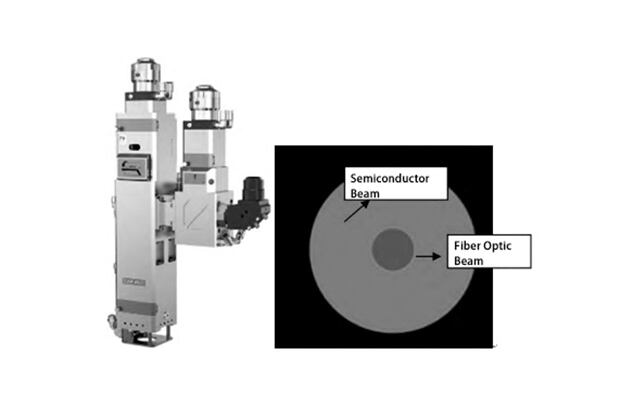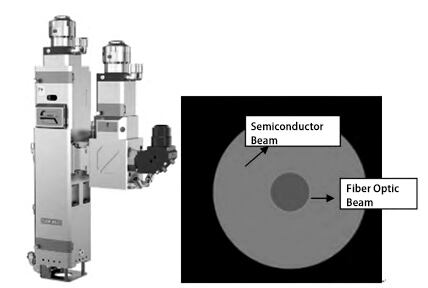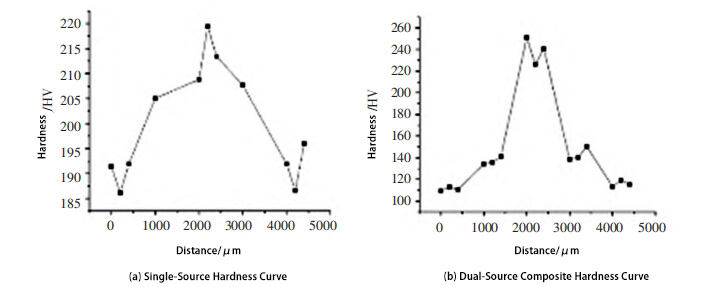In today's fast-paced home and commercial furniture industries, product quality and visual appeal are key. Stainless steel cabinets, especially those made from SUS304, are prized for their durability and sleek appearance. However, the welding process...
Contact Us
In today's fast-paced home and commercial furniture industries, product quality and visual appeal are key. Stainless steel cabinets, especially those made from SUS304, are prized for their durability and sleek appearance. However, the welding process used in assembling these cabinets plays a vital role in the final product’s performance and finish.
Traditional welding often struggles with deformation, uneven seams, and inefficiency. That’s where multi-wavelength composite laser welding comes in — a powerful new solution that enhances precision and weld quality while minimizing damage and visual defects.
Laser welding, known for its high energy density and minimal thermal deformation, is already a popular choice in metalworking. This study explores a novel approach: combining 915nm semiconductor lasers and 1070nm fiber lasers to weld stainless steel cabinets. The results are promising — deeper, wider, cleaner welds and improved mechanical strength.
By using both a semiconductor and fiber laser simultaneously, the welding process promotes a more stable and dynamic molten pool. This dual-laser approach:
Increases fluidity
Promotes the rise of trapped bubbles
Improves seam formation

Compared to using a single laser source, the composite beam produces welds that are:
Deeper and wider
More stable with less spatter
Visually cleaner

Using a Vickers microhardness tester, the study found:
Single-source weld hardness: ~208 HV
Dual-source weld hardness: ~253 HV
That’s a >20% increase in hardness, indicating stronger, more durable weld joints.

SUS304 stainless steel (0.5–1.5mm thick) is widely used in:
Kitchen cabinets
Bathroom vanities
Commercial shelving
Traditional welding may lead to:
Warping from high heat
Rough or uneven joints
Slower assembly speeds
Multi-wavelength laser welding solves these issues with:
✅ Faster operation
✅ Minimal deformation
✅ Seamless aesthetic joints
✅ Higher product reliability
Multi-wavelength composite welding represents a significant leap forward in metal fabrication, particularly for stainless steel furniture and cabinetry. By leveraging the strengths of both semiconductor and fiber lasers, manufacturers can:
Improve weld quality
Increase structural strength
Reduce post-processing
Enhance overall production efficiency